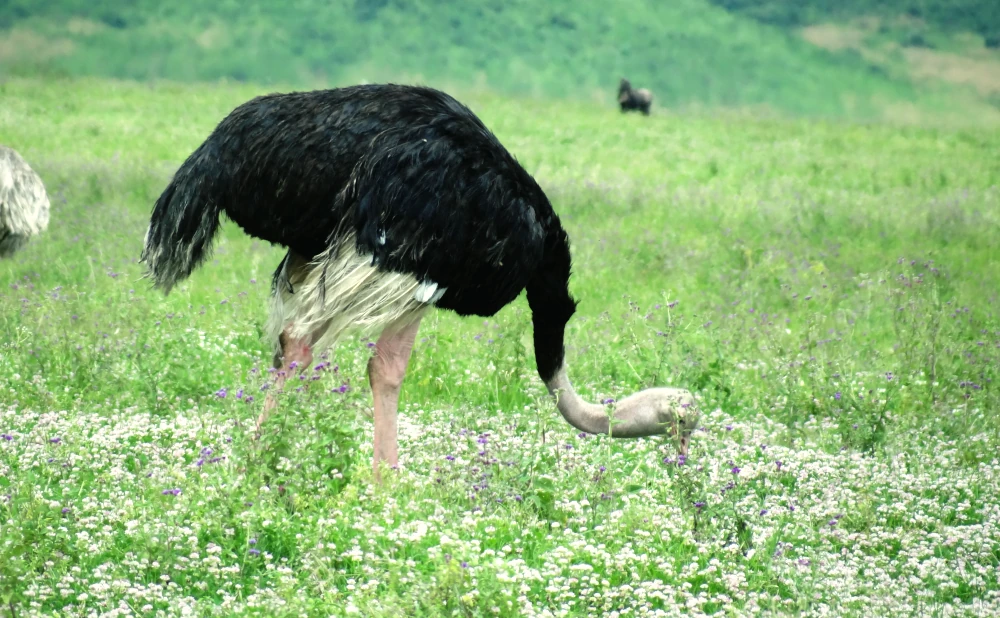
Ngorongoro Crater, often referred to as the "Eighth Wonder of the World," is a UNESCO World Heritage Site located in northern Tanzania. Formed from the collapse of a massive volcano millions of years ago, the crater is one of Africa's most iconic natural wonders, boasting breathtaking landscapes and unparalleled biodiversity.
The Ngorongoro Conservation Area, encompassing the crater and surrounding highlands, was established in 1959 to protect the region's unique ecology and wildlife. It is home to the indigenous Maasai people, who have coexisted with the wildlife for centuries, practicing traditional nomadic herding and maintaining their cultural heritage.
Wildlife: The Ngorongoro Crater is renowned for its incredible concentration of wildlife, making it one of the best places in Africa for game viewing. Within the crater's walls, visitors can encounter the Big Five – lion, elephant, buffalo, leopard, and rhinoceros – as well as an array of other species, including wildebeest, zebra, hippopotamus, hyena, and cheetah. The crater's diverse habitats, ranging from grasslands and forests to wetlands and soda lakes, support an abundance of flora and fauna, ensuring unforgettable wildlife encounters.
Ecology: The Ngorongoro Crater's unique ecosystem is characterized by its volcanic origins and diverse landscapes. The crater floor, spanning approximately 260 square kilometers, is dotted with open savannah plains, acacia woodlands, and seasonal marshes, providing a mosaic of habitats for wildlife. The surrounding crater rim rises to an elevation of over 2,000 meters, offering panoramic views of the crater below and the surrounding plains of the Serengeti. The area's rich volcanic soil supports lush vegetation, including grasses, shrubs, and trees, which sustain the diverse array of herbivores and carnivores that call the crater home.